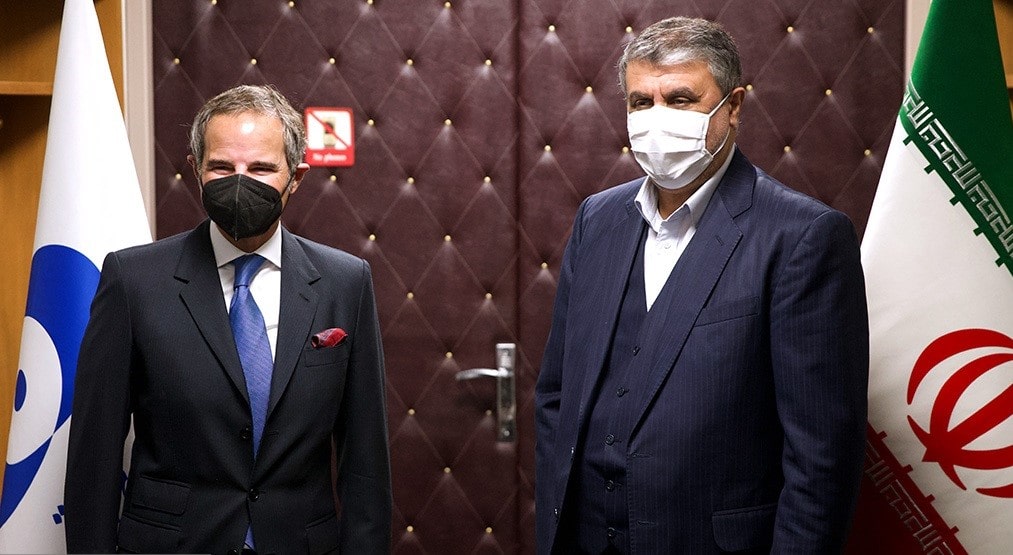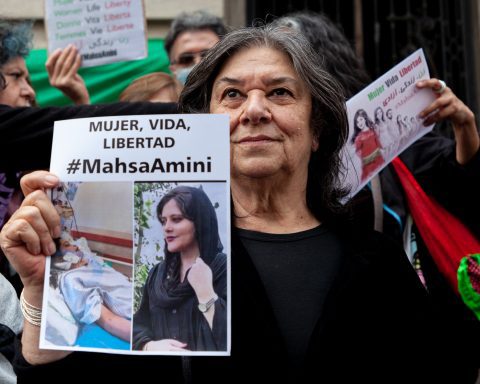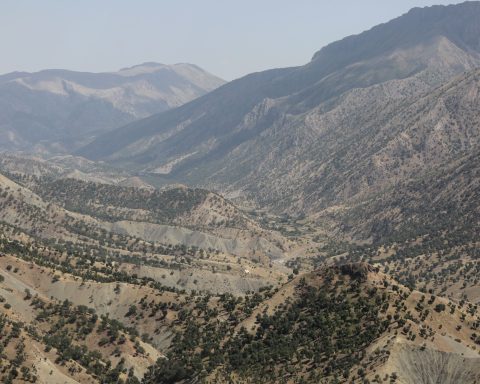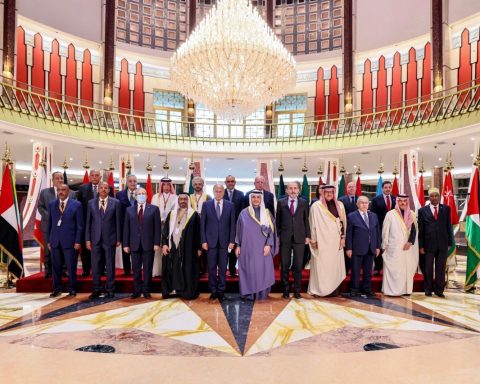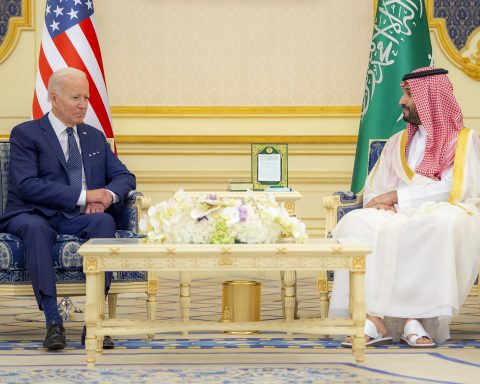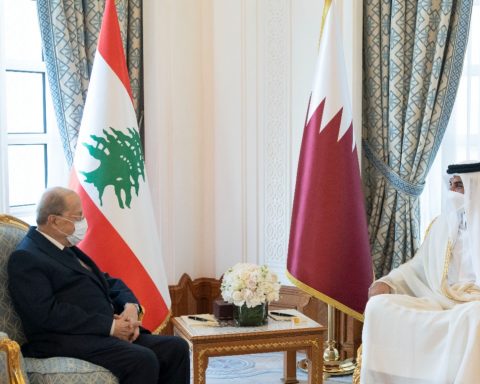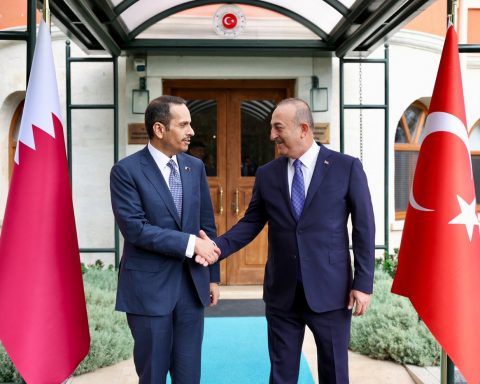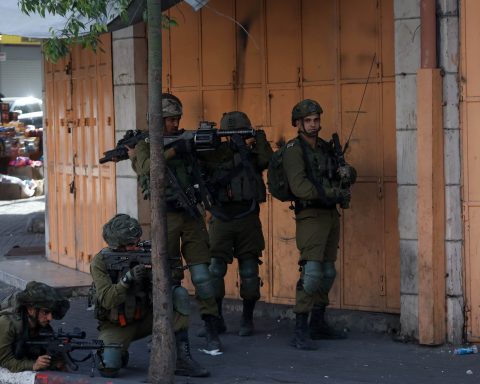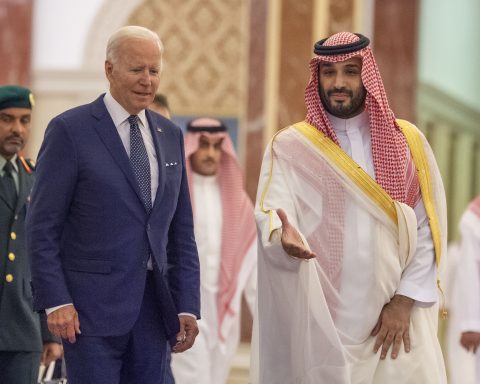The International Atomic Energy Agency (IAEA) and Iran reportedly reached an agreement on replacing surveillance cameras, the issue that has caused long-lasted controversy between the sides.
The surveillance cameras were the ones that had been broken as a result of an attack targeting an Iranian nuclear site. The resolution of the issue has removed an obstacle that could potentially harm wider nuclear talks.
Issuing a statement regarding the agreement, the UN nuclear watchdog body said, “the agreement will enable us to resume necessary continuity of knowledge at this facility, and the new cameras would be installed in the coming days.”
The IAEA’s cameras were installed in accordance with the agreement between the agency and Iran. In June, one of the four cameras located in the TESA Karaj nuclear site was destroyed as a result of sabotage, which Iran held Israel responsible for. Following the incident, Iran dismantled the cameras and did not allow the IAEA to replace them.
Speaking on the agreement, the IAEA chief Rafael Grossi said, “I sincerely hope that we can continue our constructive discussions also to address and resolve all outstanding safeguards issues in Iran.”
Iran and P4+1 countries held talks in Vienna to revive the 2015 nuclear deal. The latest round of negotiations was held last week. Both sides accused each other of undermining the process.
France, Germany, and Britain issued a statement stating that the negotiations are “rapidly reaching the end of the road to save the 2015 Iran nuclear deal,” while the head of Iran’s negotiation team, Ali Bagheri Kani, wrote on Twitter: “Some actors persist in their blame game habit, instead of real diplomacy. We proposed our ideas early and worked constructively and flexibly to narrow gaps.”

